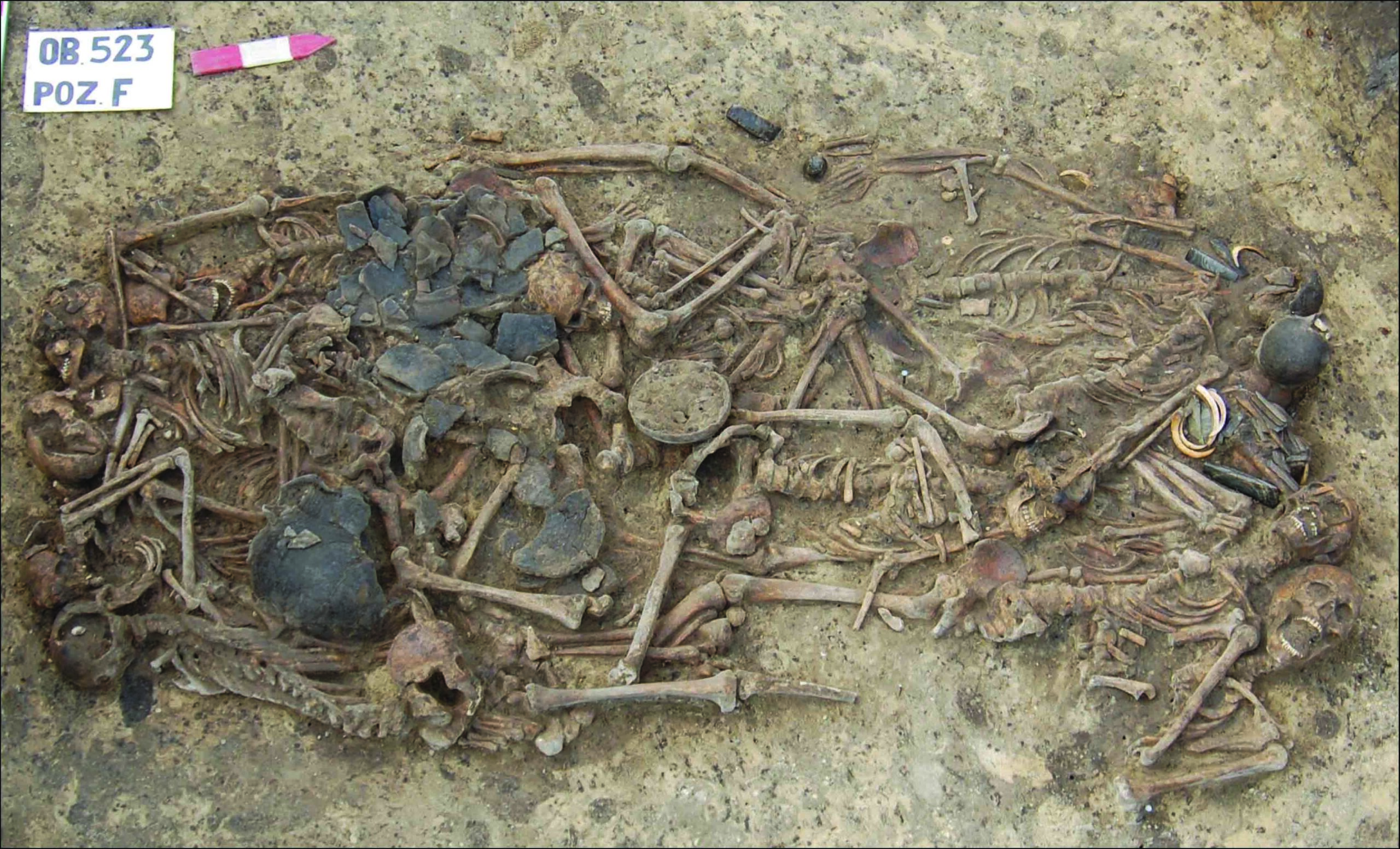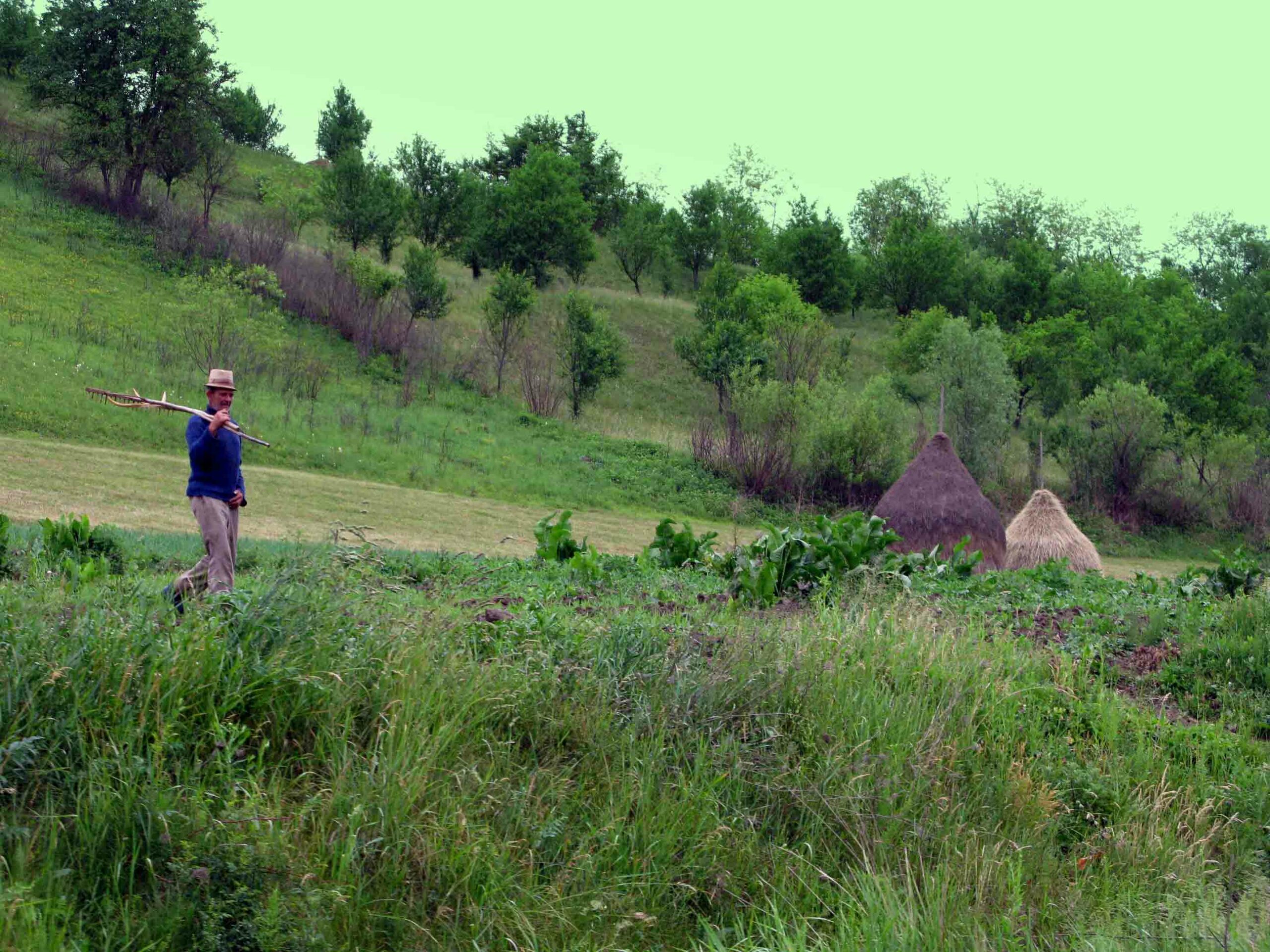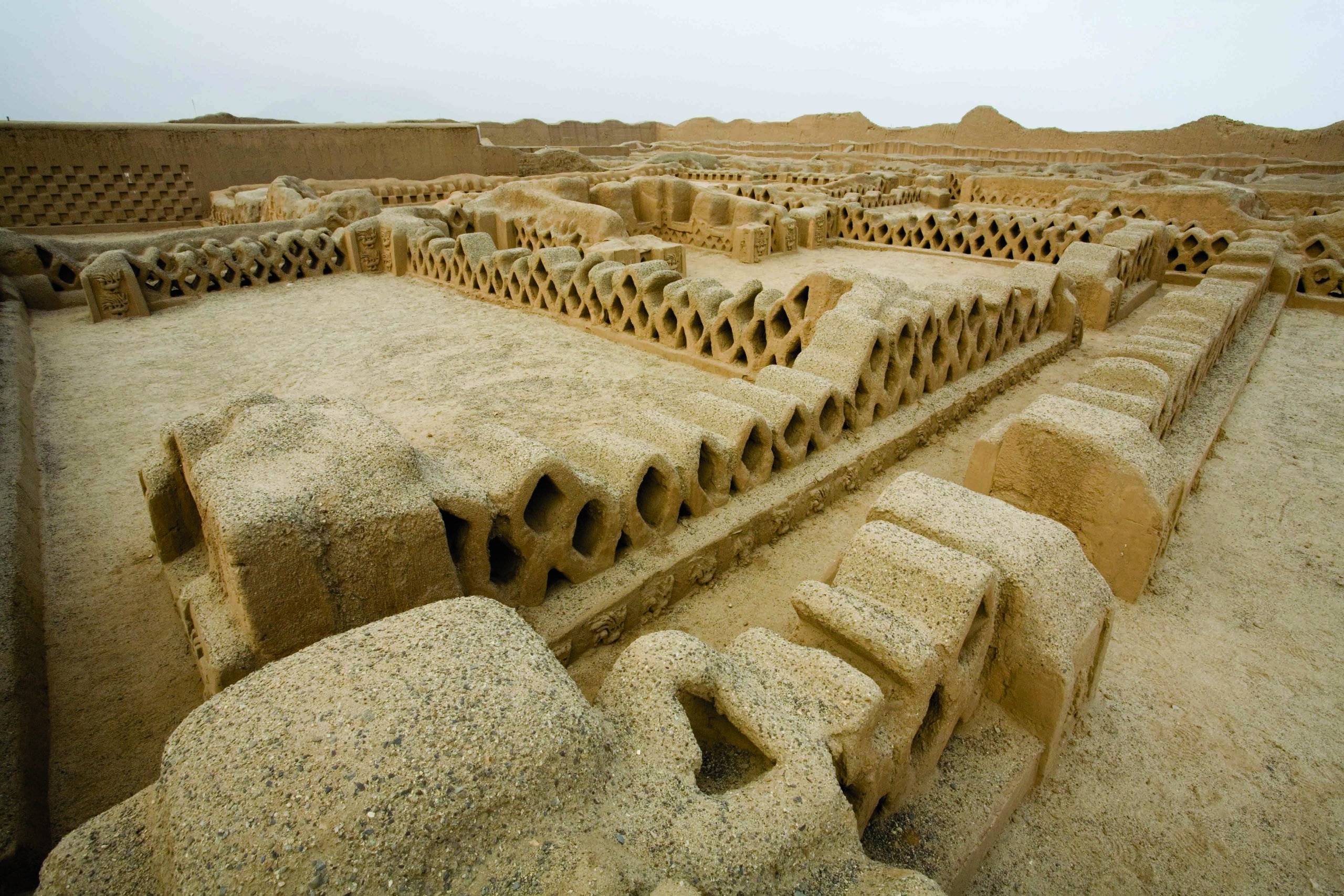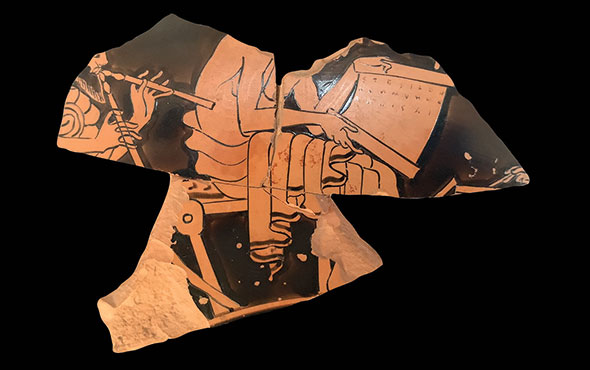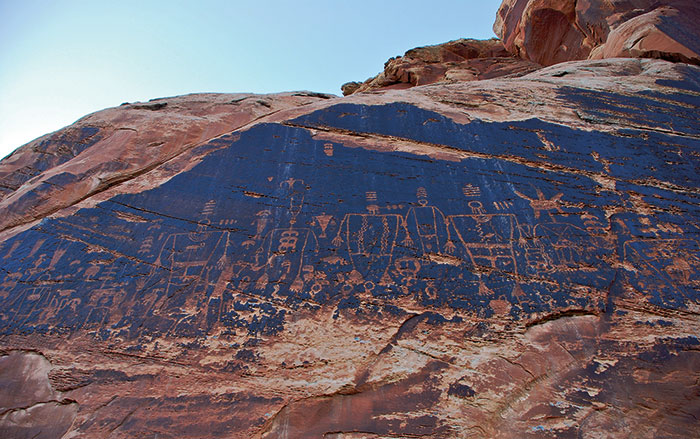
LEIPZIG, GERMANY—Nature News reports that a genetic study of 94 of the 128 individuals buried some 6,500 years ago in France at a Neolithic site known as Gurgy ‘les Noisats’ has determined that about two-thirds of the individuals were related to one another. One burial contained a nearly complete skeleton of a woman and several other bones that may have been taken from another grave. Archaeologist Maïté Rivollat of the University of Ghent explained that none of the other graves at the site contained such a jumble of bones, and no grave goods or other evidence has been found to shed light on why the bones had been moved. But archaeogeneticist Wolfgang Haak of the Max Planck Institute for Evolutionary Anthropology and his colleagues found that these few bones belonged to a male ancestor of dozens of the other individuals, spanning seven generations. Most of the adult women buried at the site, he added, were not closely related to anyone else, and may have come to the family from other communities. No half-sibling relationships were found among those present. “Here it’s fairly straightforward and fairly monogamous,” Haak explained. Read the original scholarly article about this research in Nature. To read about a burial at a cult site in central France that was used for thousands of years, go to "Megalithic Mystery."




